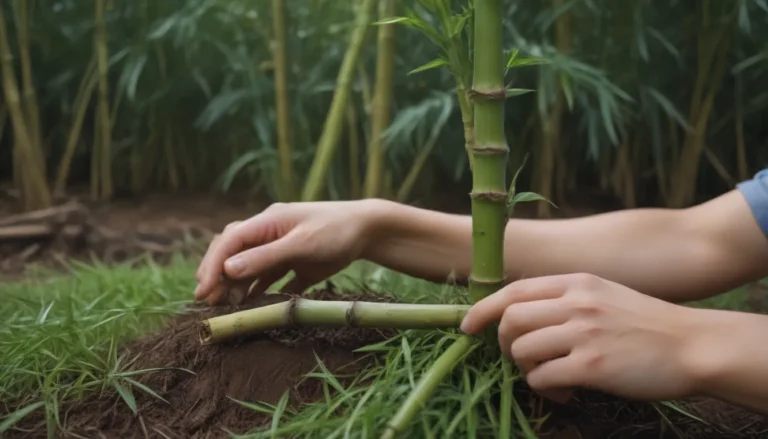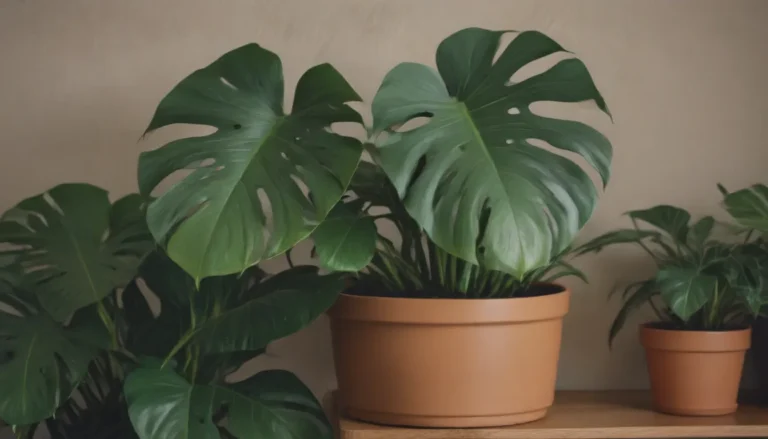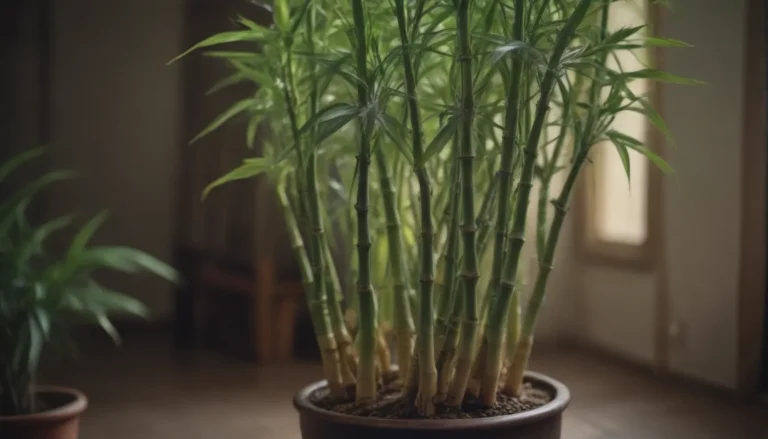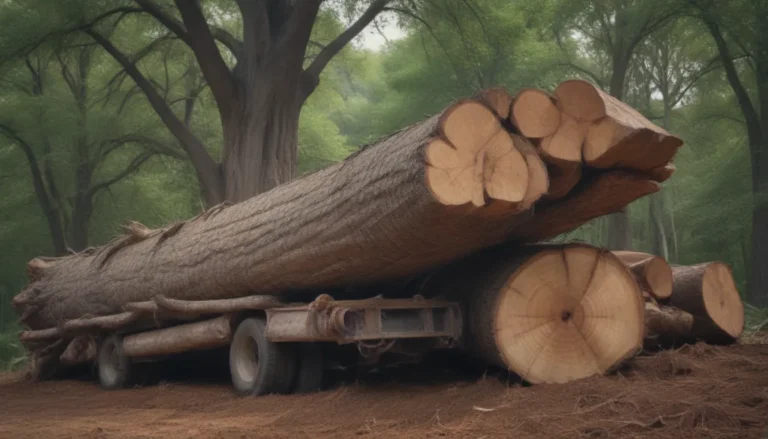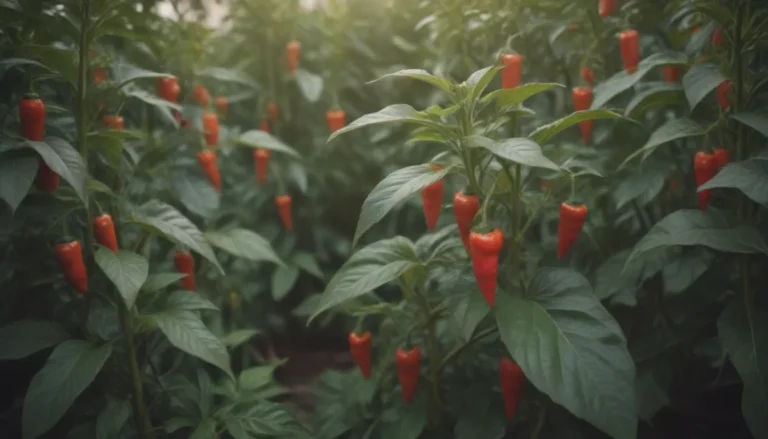Everything You Need to Know About Seed Germination and Starting Indoors
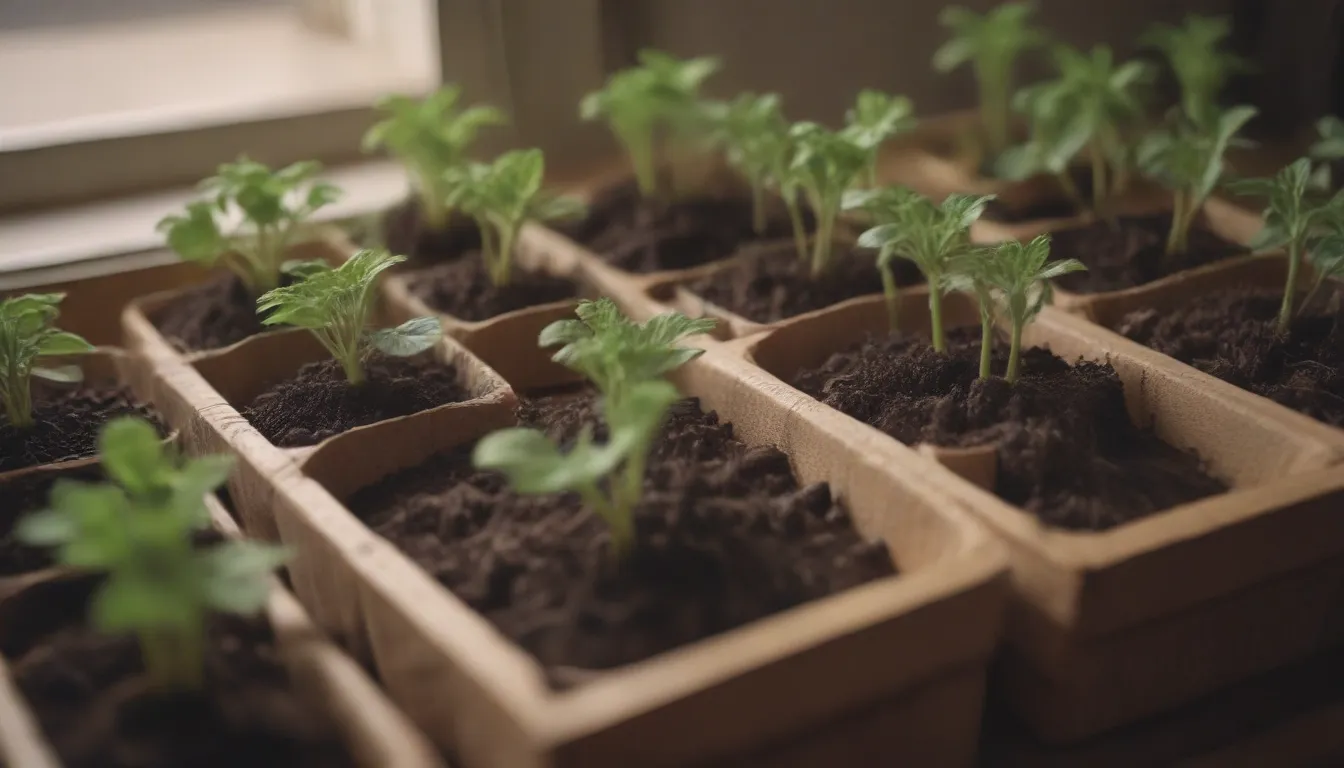
Are you ready to give your garden a head start this year? Learning how to germinate seeds indoors can not only save you money but also ensure that your plants get off to a strong start. With the right conditions of heat, moisture, and light, you can grow healthy seedlings ready to be transferred to your garden or containers in no time. In this comprehensive guide, we will cover all the basics of seed germination and starting seeds indoors, providing you with valuable information and tips to help you succeed in your gardening endeavors.
Understanding Germination
Before we dive into the details of seed starting, let’s first understand what germination actually is. Germination is the process by which a seed sprouts and begins to grow into a plant. When a seed absorbs moisture, it activates the metabolic processes stored within the seed, triggering the development of a root that will anchor the plant in the soil. As the root emerges, a shoot containing the stem and leaves will follow, requiring sunlight to photosynthesize and thrive.
Quick Tips for Germinating Seeds
If you’re eager to see if your saved seeds will germinate or want to teach others about the process, there’s a quick and easy method you can try using common household items. Here’s how you can test seed germination using a paper towel:
- Make sure the paper towel is damp.
- Lay the seeds on the towel.
- Place the paper towel in a plastic bag.
- Label the bag.
- Keep the bag warm.
- Check the seeds periodically.
While this method is convenient for testing seed viability, it may not be the best for producing robust seedlings. Seeds left on the paper towel for too long may develop roots that become intertwined with the fibers, making transplanting difficult. For a more reliable method, consider germinating seeds directly in a seed-starting mixture with the following steps:
- Prepare the seed-starting medium and container.
- Sow the seeds.
- Label them for identification.
- Lightly cover the seeds with soil.
- Ensure the surface is moist.
- Maintain humidity levels.
- Keep the seeds warm.
- Monitor for seedling emergence.
- Water as needed.
- Thin out overcrowded seedlings as they grow.
What Seeds Can You Start Indoors?
When it comes to selecting seeds for starting indoors, it’s essential to choose plants that benefit from an early start and require a longer growing season. Here are some common categories of seeds you can start indoors:
Vegetables and Herbs:
- Tomatoes
- Peppers
- Eggplant
- Basil
- Cilantro
Flowers:
- Marigolds
- Petunias
- Zinnias
- Pansies
- Impatiens
Which Seeds Should Not Be Started Indoors?
While starting seeds indoors can be advantageous for many plant varieties, there are certain types that do not fare well with transplanting. Here are some seeds that are best sown directly in the garden or outdoor containers:
Vegetables:
- Beans
- Corn
- Peas
- Spinach
- Leaf lettuce
Flowers:
- Nasturtium (Tropaeolum majus)
- Sunflower (Helianthus annuus)
For these plants, it’s best to sow them directly into the soil or use biodegradable pots that can be planted in the garden without disturbing the roots.
Additional Tips for Successful Seed Germination
In addition to choosing the right seeds for indoor starting, here are some helpful tips to ensure successful germination:
- Provide adequate heat, moisture, and light for optimal growth.
- Use a seed-starting mix that is well-draining and sterile to prevent disease.
- Maintain consistent moisture levels without overwatering.
- Use bottom heat mats or a warm location to speed up germination.
- Rotate seedlings regularly to prevent them from leaning towards light sources.
- Harden off seedlings before transplanting them outdoors to acclimate them to the environmental conditions.
By following these tips and guidelines, you can increase your chances of successful seed germination and grow healthy seedlings ready to thrive in your garden.
Remember, gardening is a process of trial and error, so don’t be discouraged if some seeds don’t germinate the first time. Keep experimenting and learning from each experience to become a more successful gardener.
Conclusion
In conclusion, learning how to germinate seeds and start them indoors is a rewarding experience that can lead to a bountiful harvest of vegetables, herbs, and flowers. By understanding the germination process, selecting the right seeds, and following best practices for seed starting, you can set yourself up for gardening success.
So, grab your seeds, prepare your planting medium, and get ready to watch your garden come to life from the humble beginnings of tiny seeds. Happy gardening!
